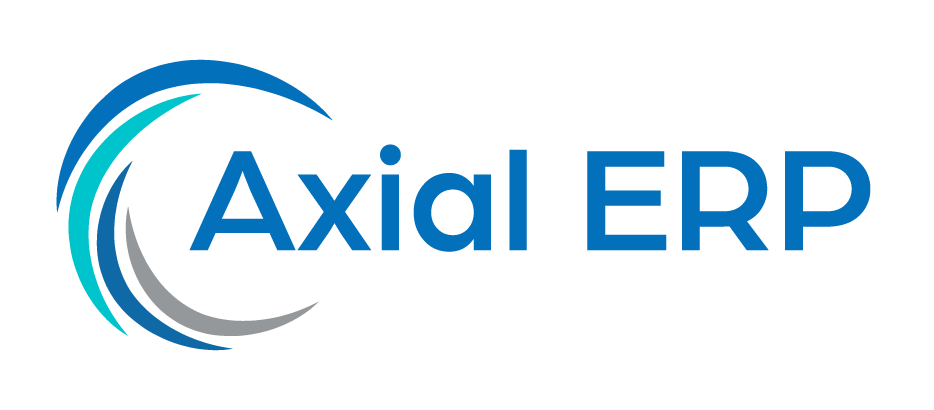The Integration of ERP and Advanced Analytics in Public Services Management
Efficient management of public services is a fundamental pillar for the development and well-being of societies. In the digital age, the convergence of enterprise resource planning (ERP) systems and advanced analytics tools has transformed the way public service companies operate and make decisions. This article explores the synergy between these two technologies and how they are redefining management in the public services sector.
What is an ERP and How is it Applied in Public Services?
An ERP system is a software platform designed to integrate and automate the key business processes of an organization, such as finance, human resources, procurement, inventory, and more. In the context of public services, an ERP can handle everything from billing and customer service to asset management and maintenance.
The Role of Advanced Analytics in the Public Services Sector
Advanced analytics refers to the use of complex data analysis techniques, such as data mining, machine learning, and artificial intelligence, to discover patterns, trends, and relationships in large datasets. In the public services sector, this can translate into better demand prediction, network optimization, fraud detection, and improved customer experience.
The Convergence of ERP and Advanced Analytics
The fusion of ERP and advanced analytics in public services management allows for a holistic view of the business. ERP systems collect and organize data from across the organization, while advanced analytics tools examine them to extract valuable insights. This integration leads to better decision-making, operational efficiency, and responsiveness to market changes or emergencies.
Benefits of Convergence for Public Services Management
- Supply Chain Optimization: The ability to forecast and respond to demand fluctuations improves inventory management and resource allocation.
- Improved Customer Service: Predictive analytics can help anticipate and resolve issues before they affect customers.
- Efficient Use of Resources: Advanced analytics facilitates the identification of areas of waste and energy-saving opportunities.
- Compliance and Regulation: A robust ERP ensures compliance with regulations and simplifies reporting processes.
Challenges and Considerations for Implementation
The integration of ERP and advanced analytics is not without its challenges. Companies must consider data quality, employee resistance to change, technology investment, and the need for qualified personnel to interpret data and take action accordingly.
Case Studies and Real-World Applications
Public service companies around the world are adopting the integration of ERP and advanced analytics to transform their operations. For example, some have implemented intelligent metering systems that enable more accurate billing and early detection of network issues.
The Future of Public Services Management with ERP and Advanced Analytics
The trend indicates that the integration of these technologies will deepen, leading to even greater automation and the creation of more resilient and adaptive public services management systems. The key will be the ability of public service companies to continue innovating and adapting to new analysis tools and algorithms.
Conclusion
The convergence of ERP and advanced analytics is redefining public services management, offering unprecedented opportunities for process optimization and improved customer service. As these technologies evolve, the ability of public service companies to effectively integrate them will determine their success in an increasingly competitive market.



